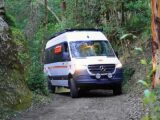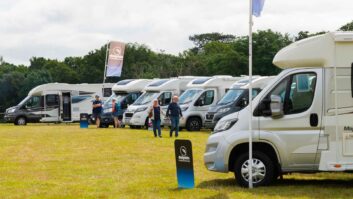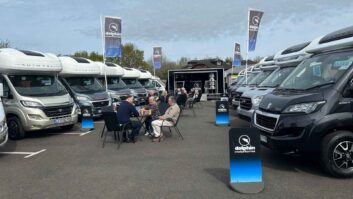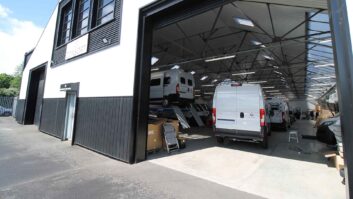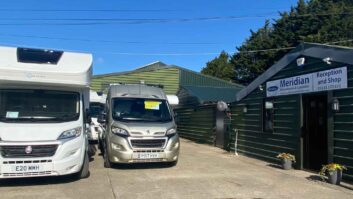To conclude my look at the ‘vans of the world, we’re focusing on the motorhomes of New Zealand and Australia. These island countries are of vastly different size and populations. Both have English as their official language, although many other languages and dialects are spoken. Australia is the biggest, with 26.4 million inhabitants spread over 77 million sq km (about 32 times the size of Britain). New Zealand comprises two main islands and hundreds of small ones. Its total area is bigger than that of the UK, but it is home to only 7% of the UK’s population.
Motorcaravanning has a long history in both countries, aided by their stunning scenery. Early vehicles were mostly rather utilitarian ‘part-time’ (removable) conversions of work vans, although specialist coachbuilders have been in evidence since the 1940s. Australia has just over 72,000 registered motorcaravans, although this falls short of the actual number.
Truck campers (demountables) are popular, but these are likely to have been registered as a ‘ute’ (short for ‘utility’… a pick-up in Blighty), so are not included in official figures. New Zealand has a thriving Motor Caravan Association, the NZMCA, which has grown exponentially since its first rally, back in 1958. Both countries are popular destinations for UK-based motorcaravanners, especially during our winter, which is their summer.
I’ve previously looked at the motorhomes of Pakistan and India, as well as the motorhomes of Japan and Malaysia and the RVs of America. Now to wrap up the series, I’m looking at the motorhomes of New Zealand and Australia.
Motorhomes of New Zealand and Australia
CI Munro
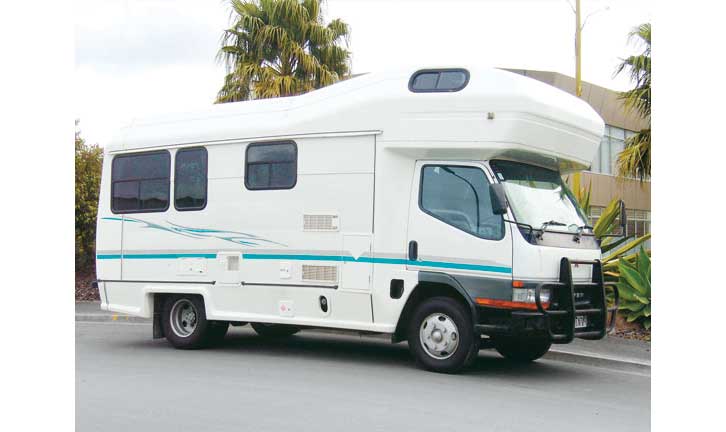
Bag yourself a Munro! No, not one of the Scottish peaks featured in the Victorian mountaineer’s famous tome, but a CI Munro motorcaravan. These were built in huge numbers in the 1970s and 1980s, after the company’s change of focus from trailer caravans to motorhomes. Most of their models were underpinned by various Mitsubishi chassis-cabs, including the Canter shown here. CI Munro was eventually taken over by…
Action stations…
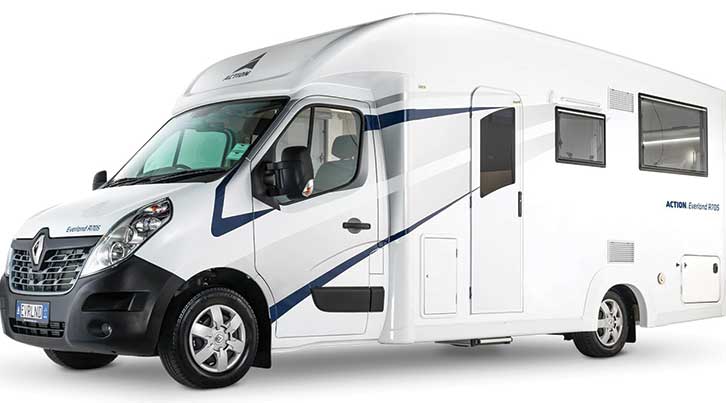
Action Manufacturing, a company that claims to be “the largest motorhome manufacturer in the Southern Hemisphere”. It is certainly a high-volume coachbuilder, with its conversions serving many roles, including emergency services, mobile medical units and specialised freight carrying. In addition to its own Everland line-up (including the example
on Renault Master pictured below), Action also builds a range of Britz, Maui and Kea badged motorhomes.
Star conversion
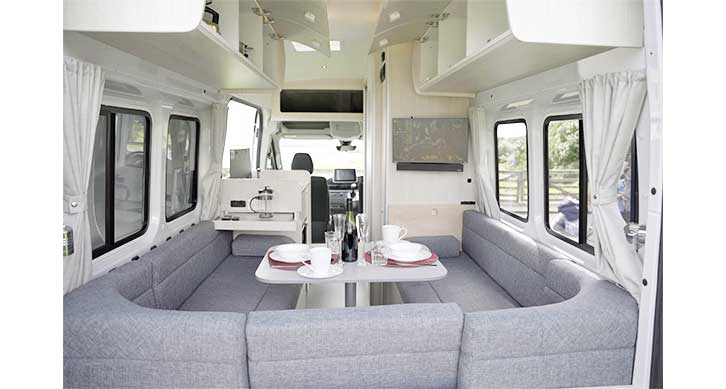
Family owned and run for more than 30 years, Wendekreisen is based in Auckland and Christchurch. The firm’s aim is to focus on quality, but at a price-point that also offers exceptional value for money. The Koru Star 2 on Maxus Deliver 9 pictured above retails at $147,990 (around £72,810) – heavy duty, rear wheel drive and automatic transmission. Cheaper variants are available, and models with an all-electric drivetrain.
Travelling light
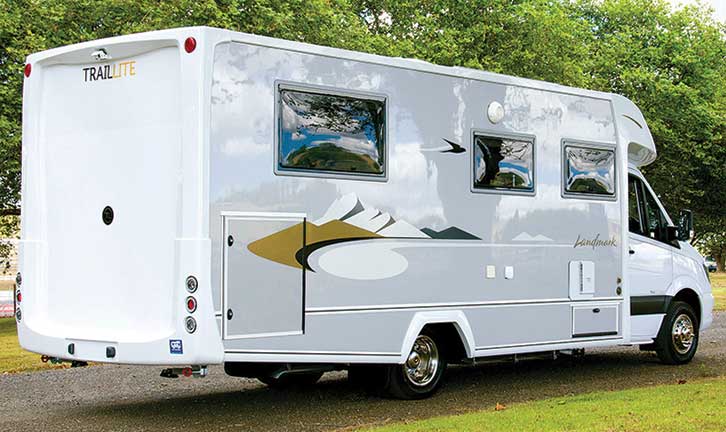
Another family-owned campervan converter is TrailLite, also a major retailer of motorhomes from all over the world. Currently, it offers these base vehicles on its conversions: VW Crafter 300 Series, Mercedes-Benz Sprinter 500 Series, Iveco Daily 700 Series. Landmark upgraded versions are available in all series. Just look at the rear departure angle on this Oakura 554!
Award-winning
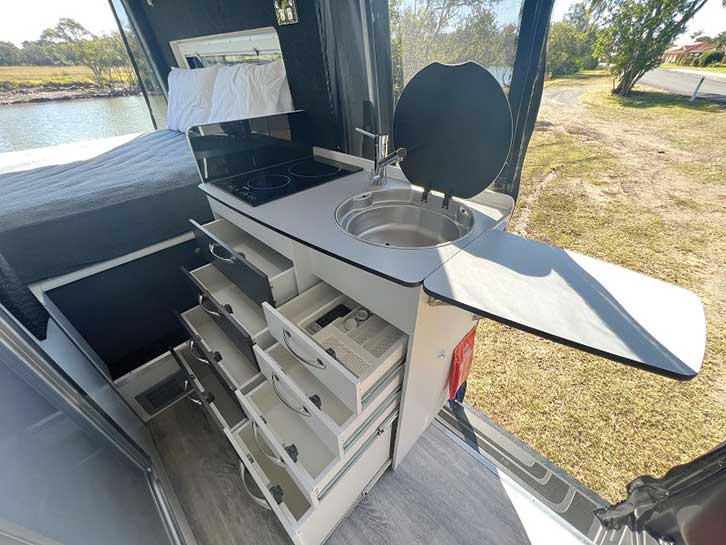
Clayton Kearney has been the driving force behind Horizon Motorhomes since its inception in 1995. Located in New South Wales, the firm has won many awards, including CCIA Best Manufacturer. Horizon converts both Fiat Ducato and Mercedes-Benz Sprinter. The galley shown here is the Boronia, based on MWB Sprinter 4×4.
Home-grown Winnebago
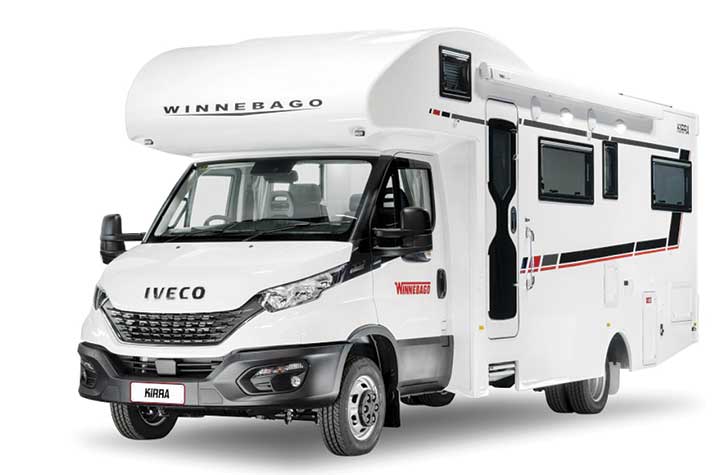
Originally building demountable motorcaravan bodies for Holden Utes, Ruth and Bruce Binns made a very clever move in late 1977, when they acquired the Winnebago name and started to produce coachbuilts. Currently Brisbane-based, Winnebago is part of the huge Apollo Tourism and Leisure Group. The Kirra shown here is a 7.905m (25’ 11”) Iveco Daily underpinned Luton overcab coachbuilt with gel-coated interior and exterior walls.
Off-road kruiser
Kimberley Kampers was formed after a motorhome trip to Kimberley’s 500,000 sq km of dramatic landscape. Head office is in Ballina, New South Wales, and its strong suit is self-contained off-grid Mercedes-Benz Sprinter 4×4 conversions. Pictured here is the Kruiswagen, eminently suitable for exploring unmade roads.
The firm exports complete vehicles to North America and KD kits to China.
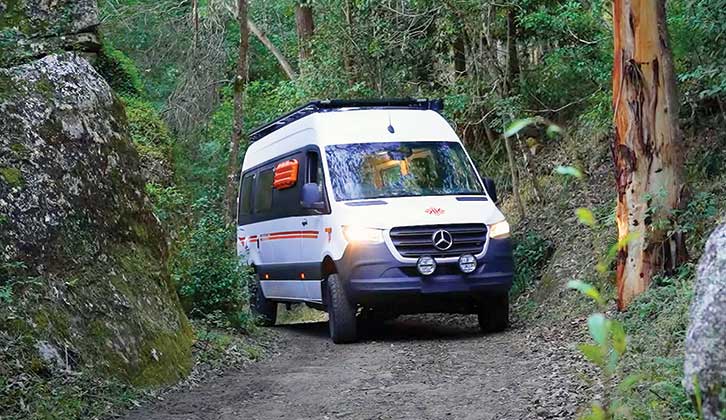
Sweet dreams
Motorhomes on steroids are known in Oz as ‘buses’ or ‘big rigs’. There are big, tough base vehicles and then there are ‘mighty’ ones, such as this Kenworth T410. Price for this Dreamliner kicks off at a million Australian dollars (just over £520,000) and that certainly provides a motorhome with presence.
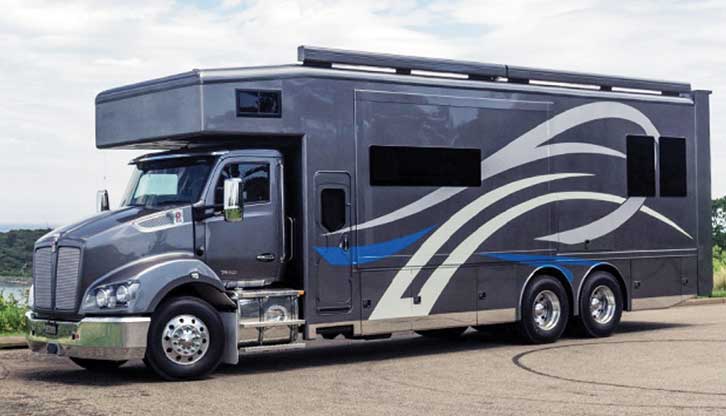
The manufacturer – Queensland-based STG Global – is proud of its reputation as a highly regarded builder of water, vacuum, waste and service lorries. Think I might have kept quiet about that…
Looking for a way to get your rig ready for your next trip? Then take a look at our guide to the best RV cleaner and the best RV roof cleaner to help restore it to its former glory.
If you’ve enjoyed reading this article, why not get the latest news, reviews and features delivered direct to your door or inbox every month. Take advantage of our brilliant Practical Motorhome magazine SUBSCRIBERS’ OFFER and SIGN UP TO OUR NEWSLETTER for regular weekly updates on all things motorhome related.
